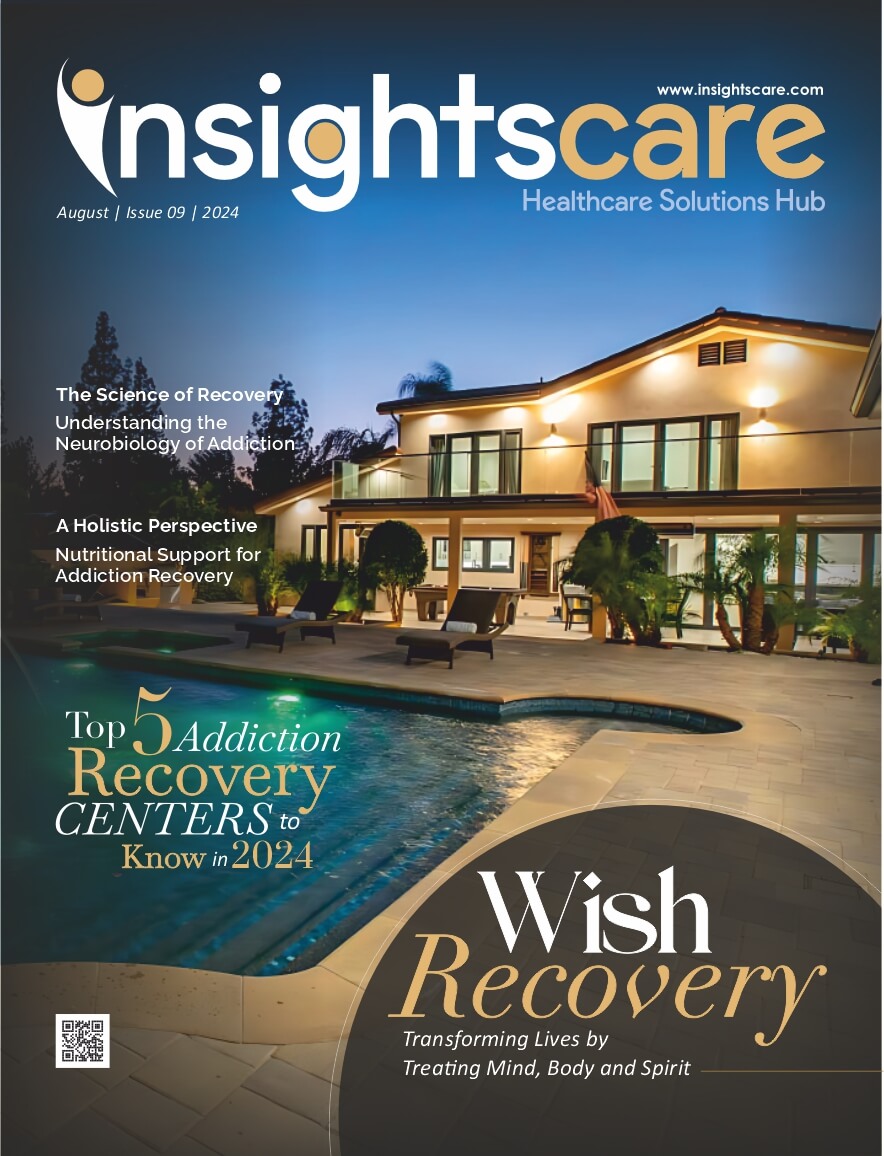People generally have a fairly solid understanding of what is healthy; for example, standing is preferable to sitting, exercise is excellent for general health, and getting enough sleep is crucial.
But if working out in the evening interferes with our sleep or makes us feel as though we need become more inactive to recuperate, a crucial question arises: how can we best arrange our days to best promote our health? One study made an effort to address this question regarding the risk factors for diabetes, heart disease, and stroke. It discovered that 8.3 hours was the ideal amount of sleep, and that 2.2 hours was the best for both light and moderate to intense activities.
Striking the ideal balance
According to current health guidelines, one should maintain a sensible regimen of 2.5–5 hours per week of moderate-to-intense physical activity. Nevertheless, accumulating data currently indicates that your daily activities can have a significant impact on your health. This includes not only moderate-to-intense physical activity but also the amount of time you spend sitting, standing, wandering around your home or business, and sleeping. Over 2,000 persons who wore body sensors capable of interpreting their bodily behaviours were the subject of our seven-day study. This offered us an idea of their typical day-to-day activities.
Participants’ blood sugar, insulin sensitivity, and waist circumference were examined at the beginning of the trial. In order to develop a model, the data from the body sensor and assessment were matched, analyzed, and tested against health risk markers, such as a heart disease and stroke risk score.
We passed hundreds of 24-hour permutations through this model to identify the ones that were projected to have the lowest relationships with blood-glucose levels and heart disease risk. As a result, numerous ideal combinations of light, moderate, and sitting activity were produced.
We saw different ideal time zones when we examined insulin sensitivity, blood sugar, waist circumference, and a heart disease and stroke risk score.
The ideal zone for the risk of diabetes and heart disease was determined by where those zones overlapped with one another. You underestimate how much physical exercise you actually perform.
Walking fewer than 100 steps per minute, or light-intensity physical exercise, such going to the toilet, the water cooler, or just taking a leisurely stroll with friends, has been linked to improved glucose control, particularly in individuals with type 2 diabetes. It is more likely that this light exercise is a result of sporadic accumulation throughout the day than it is of deliberate light exercise.
Our experimental data indicates that we can increase our metabolism, particularly after lunch, by breaking up our daily sitting with short bursts of light exercise, such going for a stroll for three to five minutes every hour. We classified moderate-to-vigorous physical activity as more than 100 steps per minute, which may seem like a high threshold given that it requires more than two hours each day. That’s equivalent to a brisk stroll. Please take note that these are preliminary results. This is the first study examining the “optimal” 24-hour period and the risk of diabetes and heart disease, therefore longer prospective studies are needed to corroborate the findings.
Furthermore, the data is cross-sectional. This indicates a correlation between the time usage estimates and the illness risk variables; however, it is not evident from this relationship whether participants’ time use patterns influenced their risk factors or the other way around.
As of right now, Australia’s physical activity recommendations simply suggest duration and intensity of exercise. To accommodate 24-hour movement, a new set of guidelines is in the process of being drafted. Australians will soon be able to review their 24 hours and identify areas for improvement by using these principles.
Although the next guidelines may benefit from our new research, we must remember that the recommendations are merely a direction to aim for in order to enhance your health. This basically entails minimizing the amount of time spent sitting, increasing standing and low-intensity exercise, increasing higher-intensity exercise, and striving for a healthy sleep schedule of 7.5–9 hours per night.
Reducing screen time in the evening, choosing an active commute over a car commute, or setting an earlier bedtime over evening television viewing are all examples of positive adjustments.
Recognizing that these are suggestions for a capable adult is also crucial. Moving should be enjoyable above all else, and we all have various things to consider.
Read More: Click Here















